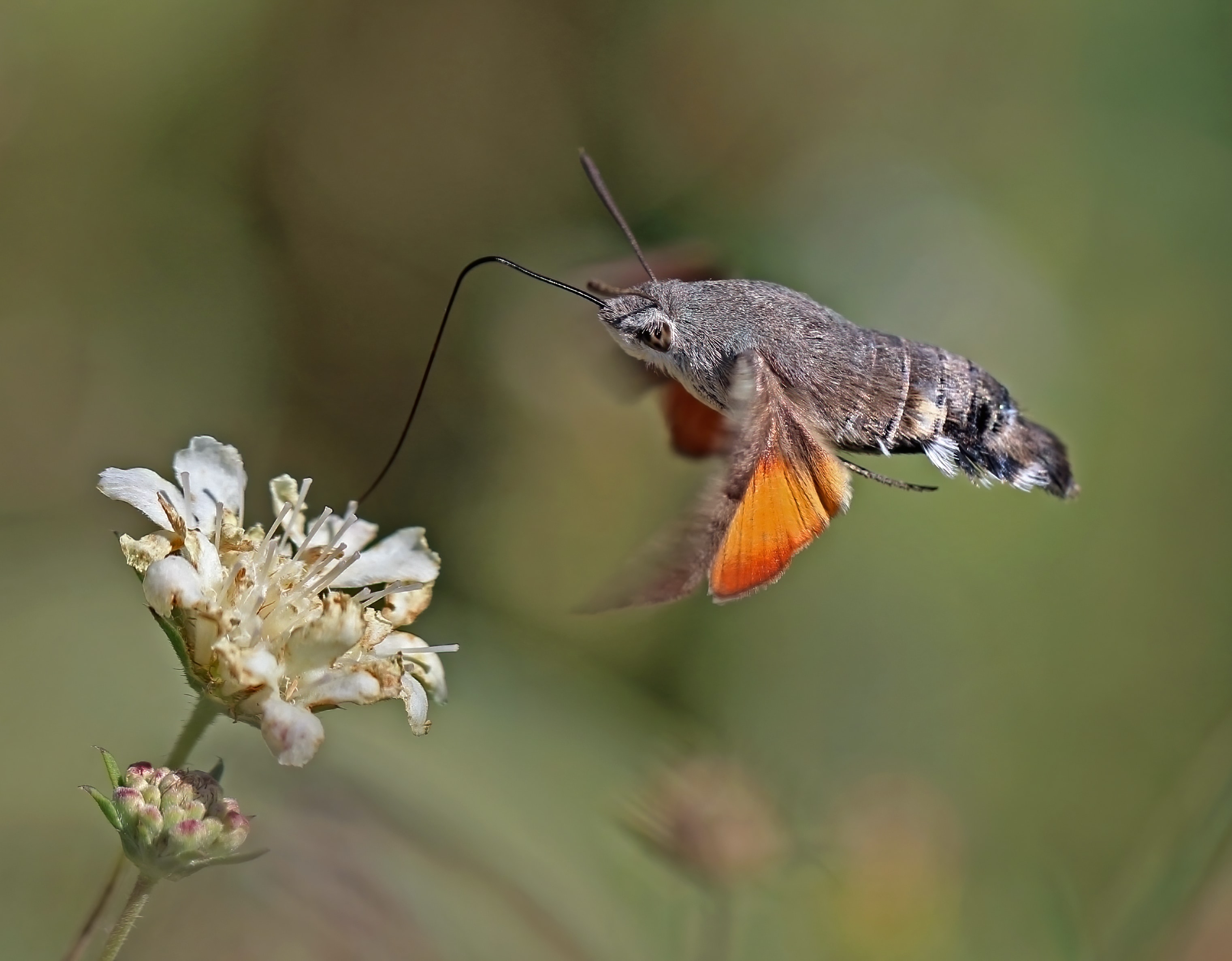
Please send us your photos of any creatures spotted on site so we can identify them and add them to our 'hildabugs' species list.
St Hilda’s gardens are being redeveloped to enhance biodiversity and to create a connection between the College community and the other species on site. We are enriching the range of plant species to create habitat niches. We hope to contribute to climate change mitigation by continuously adjusting our planting, following close observation of those that thrive in this environment.
Areas of particular interest are the river edge, the rockery in front of South building, the roof garden and the water meadow. Our rock garden, roof garden, coir rolls on the river, log piles, and bird and bat boxes also support habitats.
We are working to extend food sources for insects during the winter months. Although the gardens may seem barren and in a state of hibernation at this time, many insects, including bees, need to feed to sustain themselves during the milder spells of the dormant period.
We have extended the bulb planting in the new landscape around the Anniversary Building and Pavilion to provide winter food sources for insects. The carefully selected bulbs will become sustainable communities, providing not only flower colour to help raise our mood and improve our wellbeing, but also offering a good food source for bees and other insects brave enough to come out and feed in the winter and early spring. The bulbs are all able to form natural communities by replicating themselves vegetatively as bulbils or from seed or in some cases, both.
They provide a steadily increasing food source without us having to intervene to plant more bulbs. Disturbing the soil releases more carbon into the atmosphere so unnecessary disturbance should be avoided. Raising plants has an environmental impact too, so choosing plants with long lives is preferable to selecting those that last for only a short time.
Managing our garden to maintain the balance that we aim to create is complex. Successful garden management involves observing and recognising the development of plants and responding to this to maintain a balance that includes providing food sources animals and insects. This is what we aspire to for St Hilda's gardens.
We continue to monitor the flora and fauna in our grounds. St Hilda’s participated in the 2021 Oxford College Biodiversity exercise. We surveyed trees, ground cover, earthworms, insect life and birdsong. We also held an inaugural bat detection evening, as the river and meadow provide a popular hunting ground for bats.
St Hilda’s gardens are being redeveloped to enhance biodiversity and to create a connection between the College community and the other species on site.